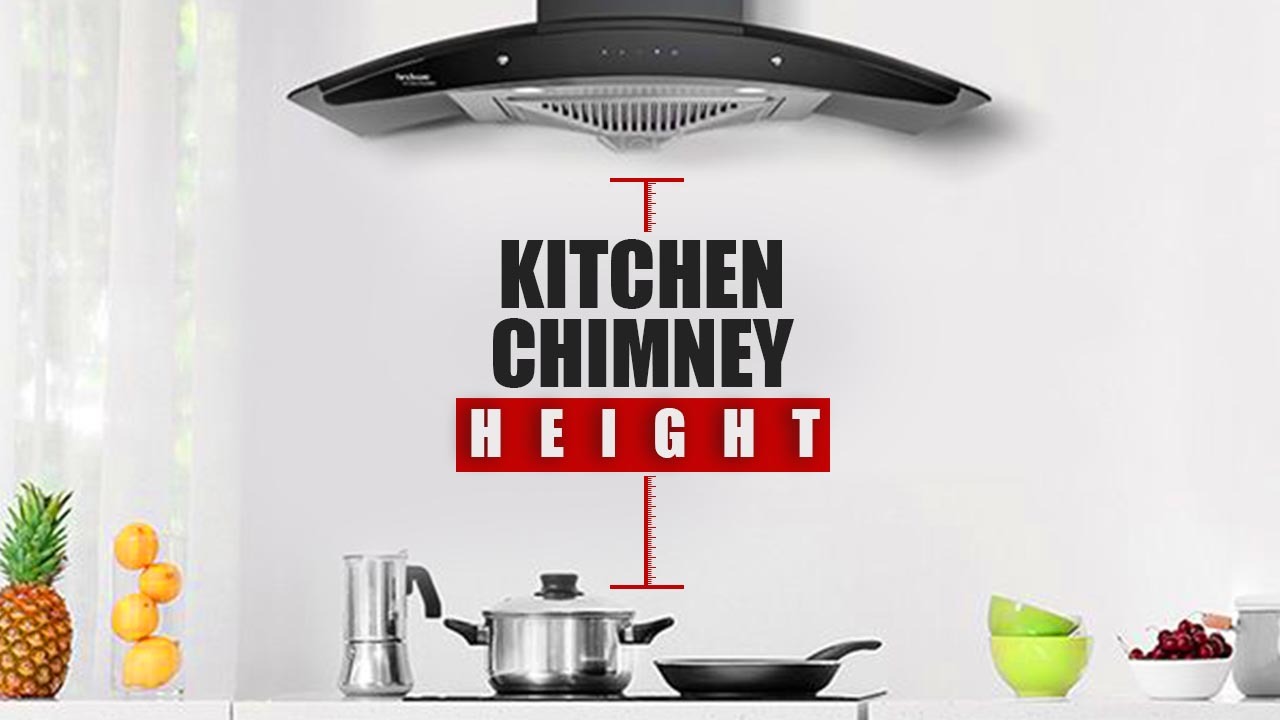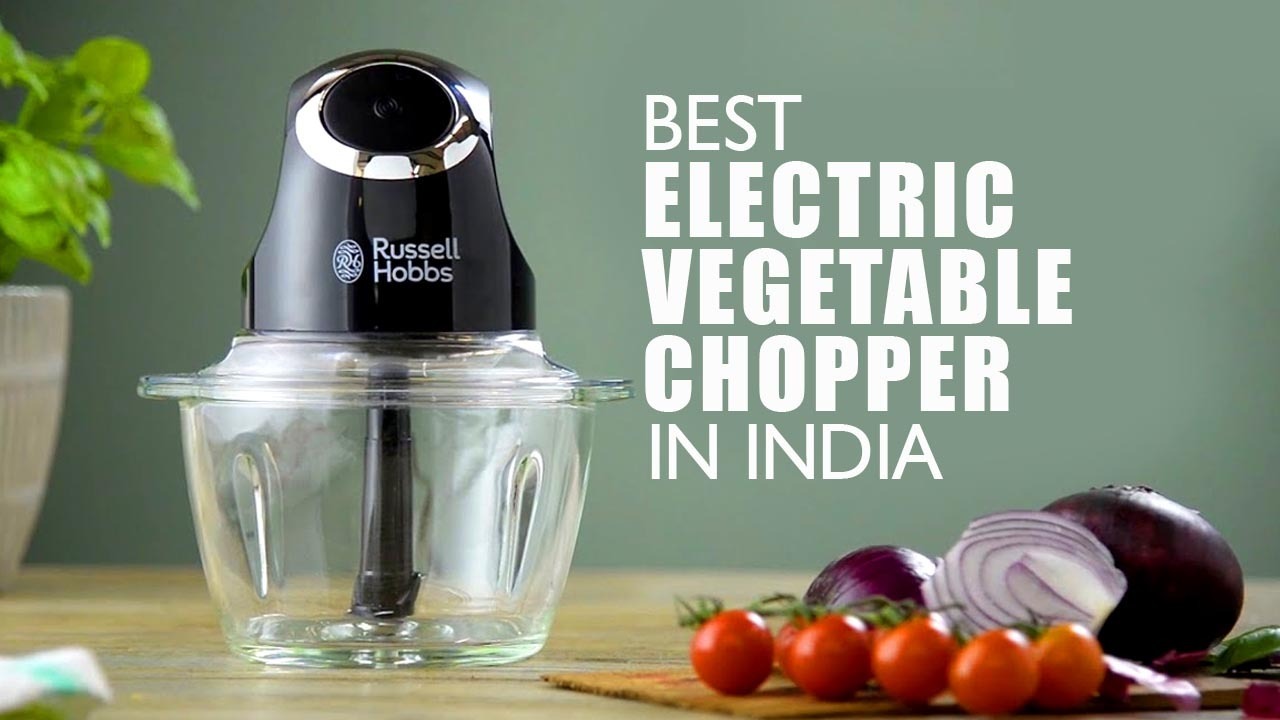The question of which is better – a gas stove vs induction stove, goes through the minds of all new homeowners. Whether you live with a big family or moving out of your family home to live alone, purchases such a stove, are of immense important. To help you pick between the two, we bring an informative blog that can help you understand how each device works and which one is best suited for whom. By going through this blog, you can answer the question of gas stove vs induction stove yourself.

Before we get into how you can choose between a gas stove vs induction stove, we explain how the two work and the features each one brings to the table. To find out all about the two, continue reading our blog below. You can also consider checking the difference between a filterless vs baffle chimney, which can help make your cooking experience on any stove smoother.
The Gas Stove

How does it work?
The stoves include an injector (which is the equipment used to convert the kitchen from one type of gas to another), which allows the gas to escape into a cavity and combine with the air required for burning. The air-gas combination is forced out of the burner holes and burns. The stove’s power is controlled by changing the flow of gas through a valve that adjusts the gas stopcock. The foundation of a gas cooker is usually composed of stainless or enameled steel, but there are also gas-glass cookers with a glass or vitrified material base that give them a more modern appearance.
Stoves are typically spherical and come in a variety of sizes, with the biggest being the most powerful. There are kitchens with two, three, or even four stoves, some of which are customized for specific applications and are extended. External sources, such as matches or a lighter, are typically used to light gas stoves. Some also come with an electric spark built into the mechanism, albeit this can be difficult to do when using natural gas because it has a greater ignition temperature than other gases, and the sparks do not always reach it.

Butane gas has a higher heat capacity than other sources of energy, thus it may quickly achieve its full calorific value while preserving the texture, vitamins, and minerals of food. Because of the high calorific power of gas kitchen equipment, all of the burners may be turned on at the same time, allowing many dishes to be prepared at the same time, saving time and money. Even at maximum power and with all burners turned on, this sort of kitchen uses less energy than ones that utilize electricity or other alternatives.
Stoves, both electric and gaseous play a significant role in daily living. With the wide range of alternatives available, selecting the ideal stove for your house can be a challenge. Although gas stoves have grown in popularity thanks to their benefits, there are certain drawbacks to be aware of. If you are considering purchasing a gas stove, or thinking about the question of gas stove vs induction stove, keep the following in mind:
Cleanliness and convenience
Gas stoves are simple to use. They immediately and readily light up. Gas stoves, unlike wood or pellet stoves, do not require extensive cleaning. Cleaning the burners’ sides after each usage, or even at regular intervals, is sufficient to keep them clean.
Precision
As opposed to an electric stove, you can regulate the temperature of the heat more accurately on a gas stove since all you have to do is turn a knob to alter the heat. However, most of the latter feature only three heat settings: low, medium, and high, making them far more difficult to use for cooking.
Operating expenses
Gas stoves do not use electricity to create a fire and run on natural gas or propane. Depending on how often the stove is used, gas usually lasts for a long time. Pellet and induction stoves both use electricity, which means they have a greater operational cost.
Outages of electricity
Because gas stoves do not require electricity to operate, you may continue to cook even if electricity is unavailable.
Security
Gas stoves need to be examined periodically to ensure that there are no gas leaks that might result in a fire.
Portability
Gas stoves are bulky and take up a lot of room. There are no portable variants of these stoves like there are for other types of stoves, such as induction stoves.
The Induction Stove

How does it work?
The induction stove is distinguished by its use of strong electrically stimulated magnets to form an electromagnetic field that generates a large amount of heat, obviating the need for a traditional method that generates heat through resistance. To put it another way, it’s a system that generates heat by contacting a metal with an electromagnetic field.
As a result, to utilize this sort of kitchen, you must use utensils with ferromagnetic materials at their bases, as you won’t be able to use ceramics, glass, copper, or aluminum, which would work in other more typical systems.

Heats up quickly
Induction cookers can heat up twice as fast as a traditional ceramic hob, which may be a big benefit for some forms of food preparation or simply because of the time saved in the process. You won’t have to wait as long to get water to boil.
📌Must Read: Best Induction Cooktops – Review & Buying Guide
It cools down fast
Due to the lack of inertia, it takes far less time to cool down after being shut off than its competition, which is a significant benefit both for cleaning and preventing any burns.
Spend less money
There are fewer heat losses since it just operates on the metal surface that we place on top of the magnet. According to some experts, induction cookers consume up to 50% less energy than typical ceramic hobs, making them a more than worthwhile investment in the long term.
They are safer
It prevents any dirt or debris that remains between the surface and the container from being burnt by immediately heating the thing that we place on it. As a result, the danger of starting a fire is lowered, and the possibility of an explosion is removed. The risks associated with employing gas systems are no longer a concern.
Heat detection features
Many types now come equipped with a heat detector (domotic system) that turns off the power when a fire is present.
It is simple to clean
The hassles of cleaning a gas stove are no longer an issue. The plate is quite easy to clean, and there are many products available for it nowadays. Furthermore, as previously said, objects are more difficult to burn on their surface, so we won’t have to worry about attached or burned residues.
Longer life span
Deterioration is reduced as a result of the aforementioned properties, therefore they will endure longer and be in better shape.
You can’t use every utensil
As previously said, you can only use utensils that have a ferromagnetic substance at their base, so you won’t be able to use clay pots, metal containers, and the like, which is a huge problem for people who want to prepare traditional foods.
Price
They are more expensive than ordinary ceramic hobs, and in certain situations, they may even treble their cost. As a result, it’s critical to determine if the expenditure is worthwhile in terms of the quantity of energy saved.
Dependence on the electrical network
Because of the functional system, we must have power for our kitchen to function effectively.
Gas Stove vs Induction Stove – Which one to choose?
Now that you have read and understood their basic characteristics, you may still be wondering how to choose between the two. Continue reading below to further differentiate between the two and choose the right stove for your home. Which will it be, gas stove vs induction stove?
When it comes to comparing induction and gas stoves, the distinctions aren’t as evident. Leaning toward induction typically entails replacing the kitchen batteries of the home, to which we must also add the expense of installing the plate, by not admitting pots that do not have a base of ferromagnetic material. A considerable initial investment is required.
When cooking on gas, you may use any vessel and the heat transfer is just as quick. If we spin fine, it also opens up more culinary possibilities. Cooking over high heat, such as sautéing or stewing, is not feasible since the induction hob does not activate if there is no contact with the base. This is undoubtedly one of the reasons why many restaurants use gas to cook.
Gas offers additional culinary alternatives, such as sautéed or stewed dishes over high heat. This is paired with energy savings: a gas stove will always be less expensive than an electric stove. The primary disadvantage is the upkeep. It’s a pain to clean, and if not done correctly, it rapidly becomes greasy. It also poses a risk of overheating or overcooking, which isn’t present with induction cookers, which come with programmable timers in most cases.
Those who desire speed will argue that induction is the most advanced technology. They will also talk about leaving behind the dreaded task of cleaning the stove. Others, on the other hand, are more concerned with saving money and would claim that investing in induction is not worthwhile. Furthermore, the foods do not taste the same as the chef can control the heat more easily as compared to an induction stove. What would you choose, gas stove vs induction stove?
For those who are looking for quick meals, easy upkeep, and live in an area that is not prone to power cuts, an induction stove is the better option. For people who enjoy making complex meals, don’t mind spending time cooking, and live in an area prone to power cuts, a gas stove is the better option.
Ultimately, the answer to the question of gas stove vs induction stove, the answers depends entirely on the users’ priorities.
Frequently Asked Questions (FAQs)
Do all pans work on an induction cooktop?
No. Only pots and pans with ferrous bases can work on induction cooktops. You will require specific utensils to cook on your induction cooktop. However, these pans are easily available online and in marketplaces, hence you can easily acquire them when you purchase an induction cooktop.
Induction or gas: which cooking stove is most used?
This is entirely a personal preference. Each one has its own pros and cons and are suitable for different people. We would recommend going through our blog above to see which suits you best.
Gas Stove vs Induction Stove – Conclusion
In the choice between gas stove vs induction stove the answer is rather simple, yet complex – you must base your choice on your personal preference. By keeping in mind their pros and cons, and what they work best for, you can make the right choice for your household. Go through our description of each gadget above, along with the dive into the question of gas stove vs induction stove, so you can pick the right choice for you kitchen. Happy Shopping!





